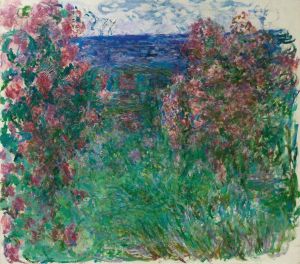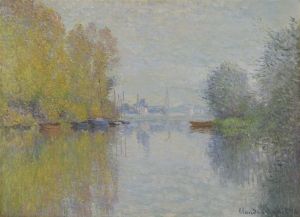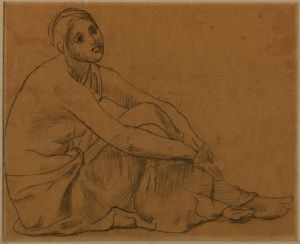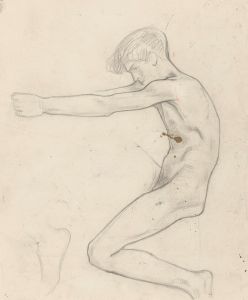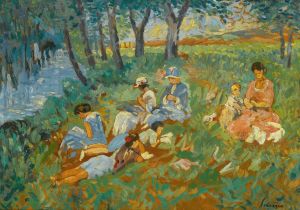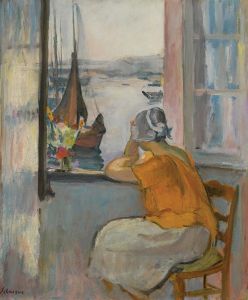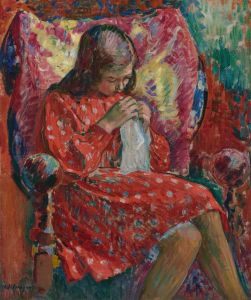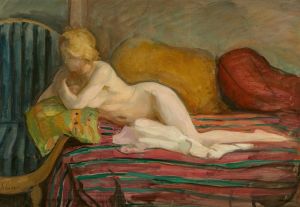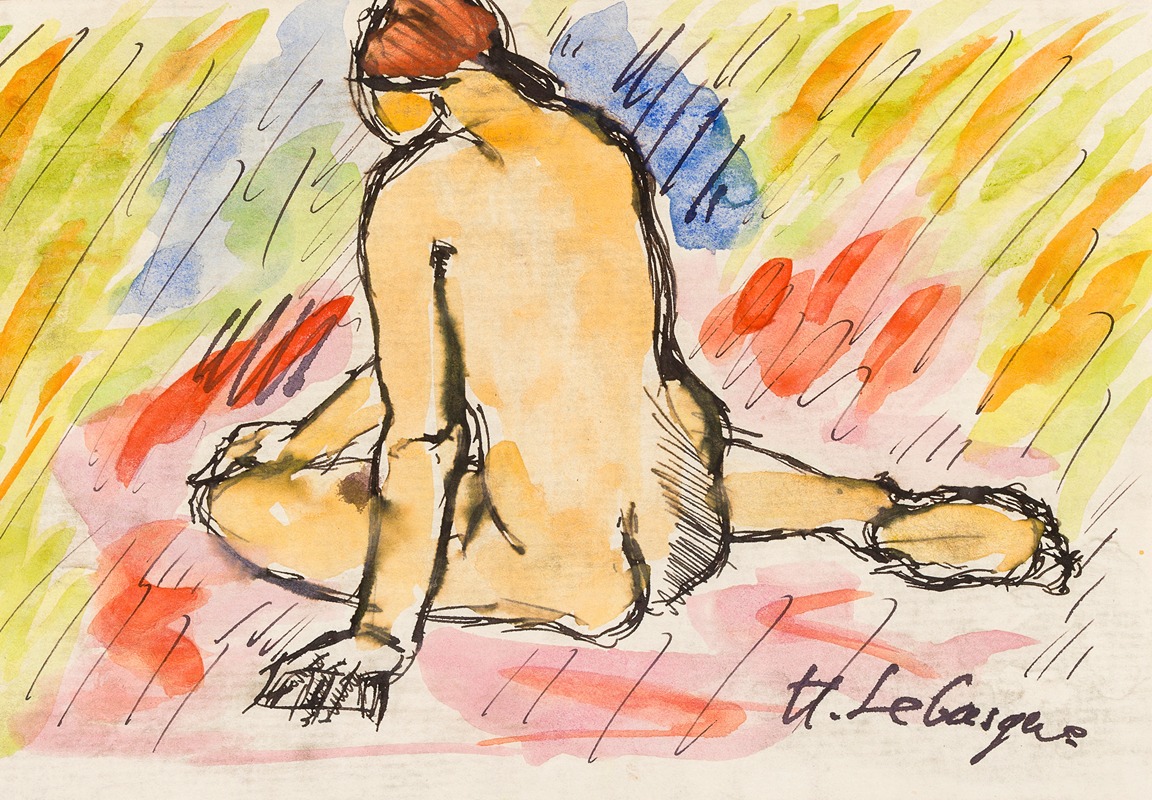
Nu assis
A hand-painted replica of Henri Lebasque’s masterpiece Nu assis, meticulously crafted by professional artists to capture the true essence of the original. Each piece is created with museum-quality canvas and rare mineral pigments, carefully painted by experienced artists with delicate brushstrokes and rich, layered colors to perfectly recreate the texture of the original artwork. Unlike machine-printed reproductions, this hand-painted version brings the painting to life, infused with the artist’s emotions and skill in every stroke. Whether for personal collection or home decoration, it instantly elevates the artistic atmosphere of any space.
Henri Lebasque was a French post-impressionist painter known for his use of light and color, often depicting intimate domestic scenes and landscapes. One of his notable works is "Nu assis," which translates to "Seated Nude." This painting exemplifies Lebasque's ability to capture the human form with a sense of warmth and tranquility.
Henri Lebasque was born on September 25, 1865, in Champigné, France. He studied at the École des Beaux-Arts in Paris and worked alongside prominent artists such as Camille Pissarro and Auguste Renoir. Lebasque was influenced by the Impressionists and later by the Fauves, which is evident in his vibrant palette and loose brushwork.
"Nu assis" is a testament to Lebasque's mastery in portraying the human figure with sensitivity and grace. The painting features a seated female nude, a subject that has been a classic theme in art history. Lebasque's approach to the nude is characterized by a gentle and respectful depiction, focusing on the play of light on the skin and the harmonious integration of the figure within its surroundings.
The composition of "Nu assis" reflects Lebasque's interest in creating a serene and intimate atmosphere. The use of soft, warm colors and delicate brushstrokes contributes to the overall sense of calmness and introspection. Lebasque often employed a technique that involved layering colors to achieve a luminous effect, which is evident in the way light seems to gently caress the figure in this painting.
Lebasque's work, including "Nu assis," is often associated with the Intimism movement, which emphasized personal and domestic subject matter. This movement was characterized by a focus on the private and everyday moments of life, often depicted with a sense of tenderness and affection. Lebasque's paintings frequently explore themes of family, leisure, and the beauty of the natural world, all of which are reflected in the peaceful demeanor of the subject in "Nu assis."
Throughout his career, Lebasque exhibited his work in various prestigious venues, including the Salon des Indépendants and the Salon d'Automne. He was also a founding member of the Salon d'Automne, which was established in 1903 as a response to the conservative policies of the official Paris Salon. This platform allowed Lebasque and his contemporaries to showcase their innovative approaches to art.
Henri Lebasque's contribution to the art world extends beyond his paintings. He was part of a generation of artists who sought to break away from traditional academic art and explore new ways of seeing and representing the world. His work continues to be celebrated for its vibrant color, emotional depth, and the ability to capture the essence of his subjects with sincerity and warmth.
"Nu assis" remains an important piece within Lebasque's oeuvre, exemplifying his skill in rendering the human form with a sense of intimacy and tranquility. Today, his paintings are held in numerous private and public collections, and he is remembered as a significant figure in the development of modern art in France.






